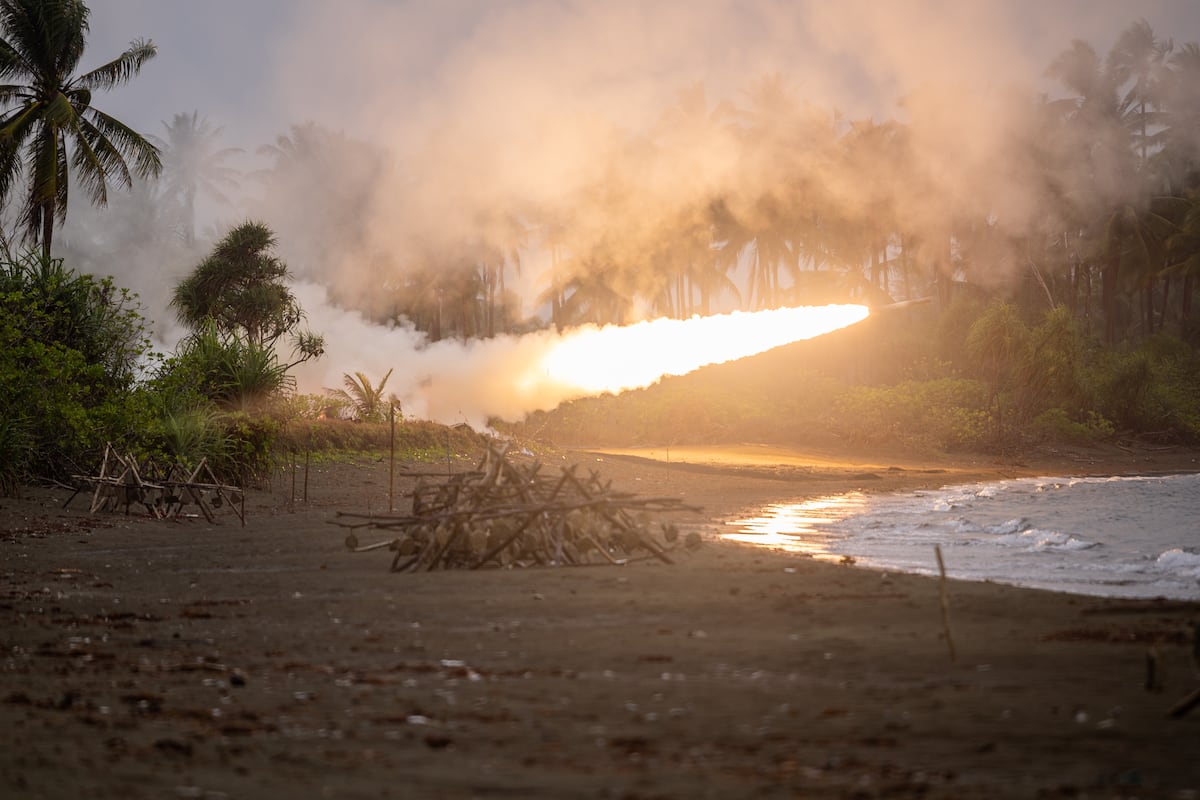Key Takeaways
- The U.S. Army is establishing two Multi-Domain Commands in the Pacific to enhance deterrence against China.
- These commands are part of a broader transformation initiative to set up four such commands globally by 2028.
- Multi-Domain Task Forces (MDTFs) will operate across multiple domains and are increasingly recognized for their deterrent capabilities.
Enhanced Command Initiatives
The U.S. Army is advancing its strategic capabilities in the Pacific by forming two Multi-Domain Commands (MDCs): Multi-Domain Command — Pacific and Multi-Domain Command — Japan. These initiatives aim to bolster the Army’s deterrence posture against growing aggression from China in the Indo-Pacific region, as articulated by Gen. Ronald Clark, commander of U.S. Army Pacific.
The establishment of these MDCs is part of a larger transformation effort, highlighted by an Army execution order issued in May that outlines plans for a total of four such commands. In addition to the two focused on the Pacific, the Army is also developing Multi-Domain Command — Europe and Multi-Domain Command — Army.
Gen. Clark emphasized that these commands will be structured differently to ensure they possess the appropriate levels of authority, integrating them within a two-star command framework. This change is pivotal as the Army operationalizes its Multi-Domain Task Force (MDTF) units, which have evolved from experimental formations to essential components of Army doctrine.
The first MDTF was established at Joint Base Lewis-McChord, Washington, around 2018. The experience gained through U.S. INDOPACOM theater exercises has been instrumental in shaping the Army’s Multi-Domain Operations strategy. Consequently, additional MDTFs have been set up, with the second in Europe (2021), the third in Hawaii (2022), and a fourth dedicated to the Pacific. A rapidly deployable fifth MDTF will also be created at Fort Bragg, North Carolina, with all five scheduled to be operational by 2028.
Each MDTF is designed to function across various domains—land, air, sea, space, and cyberspace—equipped with advanced systems such as the Precision Strike Missile and Long-Range Hypersonic Weapon. These units are also critical for intelligence gathering and enhancing information sharing among joint forces, thereby supporting targeted operations.
The presence of MDTFs in the Pacific has already demonstrated a significant deterrence effect. For example, the 1st MDTF, stationed in the Philippines for joint exercises with U.S. forces, has drawn considerable attention from China, indicating its strategic impact. Recent assessments have reaffirmed the necessity to operationalize commands and elevate their command authority for effective deployment.
Gen. Clark noted that the new MDCs will expand the existing capabilities within the Indo-Pacific and will come with additional responsibilities and funding. The fiscal 2026 budget reflects these needs as the Army ramps up its operational capacity in the region.
Under the new command structure, the 1st and 3rd MDTFs will fall under Multi-Domain Command — Pacific, while the 4th MDTF will align with Multi-Domain Command — Japan. This integration is designed to streamline operations and enhance the Army’s effectiveness in a joint combat environment.
The MDTFs, characterized as theater-level capabilities, will incorporate advanced warfare elements, including cyber, space, and electronic warfare, along with long-range precision strike capabilities. Despite currently being led by colonels, the integration into a two-star command structure aims to elevate the operational command and staffing levels, enhancing overall readiness and responsiveness.
The Army’s progressive initiatives in the Pacific not only reflect a commitment to strengthening regional stability but also signify an adaptive response to the evolving security landscape.
The content above is a summary. For more details, see the source article.















